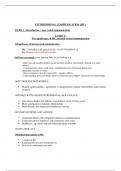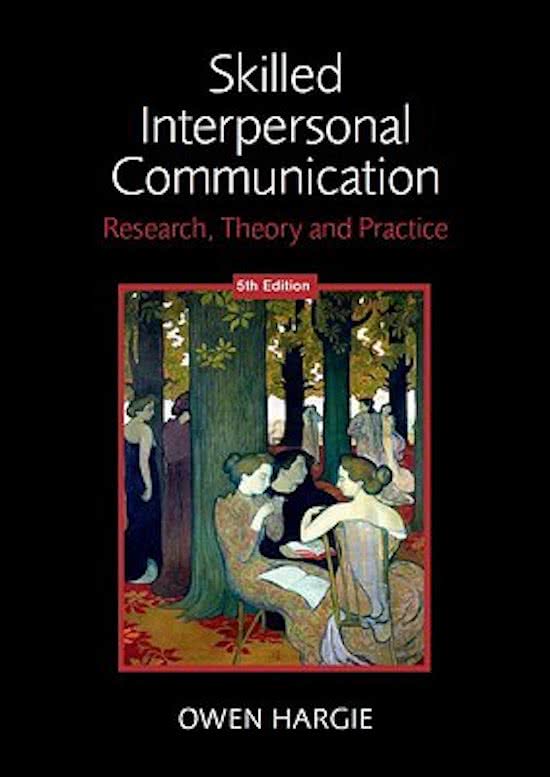Class notes
interpersonal communication
- Course
- Institution
- Book
interpersonal communication (Interpersoonlijke Communicatie); detaild document with book notes, chapter notes, important mentions of classes and lectures, aditionally some questions to practice with
[Show more]




